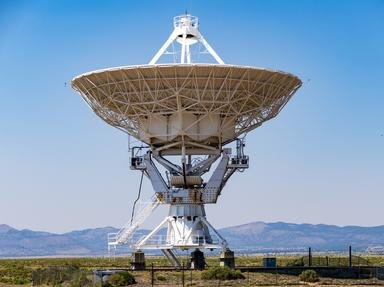Quiz Answer Key and Fun Facts
1. Our first stop is Jupiter, which is home to several large moons. If we were to stand on the surface of the moon known as Io, what would we most likely see?
2. Our next stop is the planet famous for its ring system: Saturn. Imagine, if you will, that you are standing in the middle of Saturn's rings. What would it really look like?
3. Our next stop takes us to the Kuiper Belt, an area beyond the planet Neptune, from which many of the comets we see are formed. It is also home to several dwarf planets. Which of these planetoids does not lie within the Kuiper Belt?
4. In 2012 an earth-sized planet was discovered orbiting Alpha Centauri. If you were to stand on this planet, what unusual feature of Alpha Centauri would you observe?
5. Next you find yourself standing on the surface of a comet, facing forwards, as it moves toward the Sun. What would you see in the sky above you?
6. Many extrasolar planets have been discovered already and many more are being discovered each year. One of these planets is known as 51 Pegasi b. Which of these is NOT an accurate theoretical description of the planet?
7. As you travel the cosmos, you come to realize that most of space is a dark featureless void... or is it? What material do scientists now believe lies in "empty" space?
8. Next we will view the brilliant spectacle that is the Crab Nebula. What is believed to be the origin of the Crab Nebula?
9. Let us travel to Andromeda, our closest neighboring galaxy. If you were to view the Milky Way from Andromeda, where would our Sun be located?
10. Now we come to the end of the journey to witness one of the most intriguing objects in the universe: A black hole. What would be the most likely outcome if you were to cross the event horizon?
Source: Author
RedHook13
This quiz was reviewed by FunTrivia editor
CellarDoor before going online.
Any errors found in FunTrivia content are routinely corrected through our feedback system.

